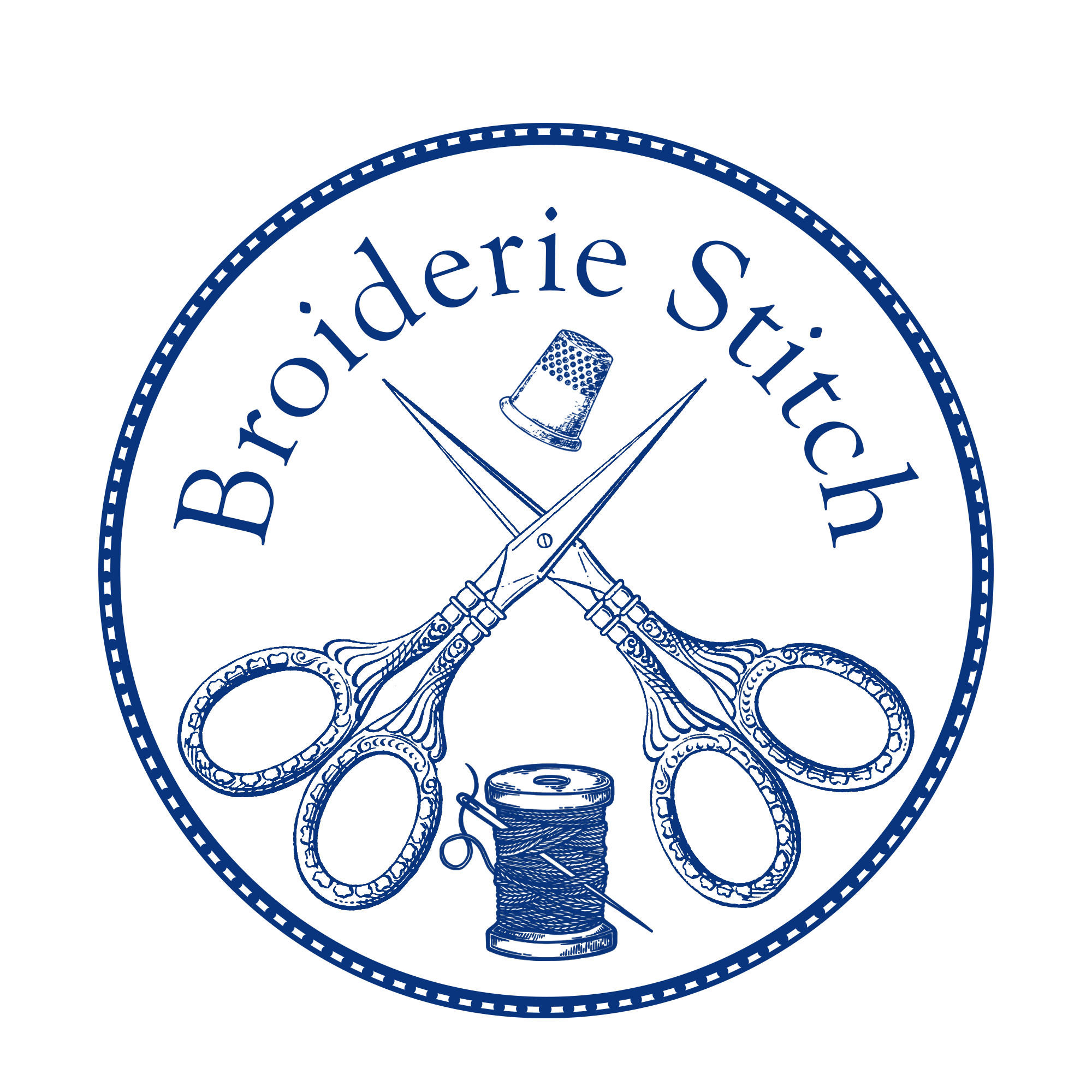
This iris may be taking longer than anticipated, but this weekend has been a good one for embroidery, anyway. Color after color has gone into the first petal, and so far I’m happy with how they’re shading into each other. The finished petal is much more rust- and copper- colored than the photograph I’m working from - DMC has a much better range in those burnt oranges than they do in the dark purple-pinks, and I like them better, too. Just a little edge of warm purple at the very tip of the petal should be enough to tie these top petals in with the larger, bearded lower petals.

One challenging facet to the art of hand embroidery is the stitch direction. Much like a painter’s brush stroke, stitch direction, length, and type can subtly alter the feel of a project. However, unlike a painter, stitches can never be eliminated completely by blending or washing colors. (And pigments can’t be blended completely either, but that’s a different problem!) I chose long and short stitch for this project because its satiny, smooth surface allows the colors to blend as closely as possible. It would be a very different flower made in cross stitch, or worked on plastic canvas. Not necessarily better or worse, but certainly not the same!

Even in long and short stitch, the direction of stitches is noticeable. But where to have them go? If they stayed tidy and straight in one direction only – from the base of the petal to the tip, perhaps – they would look stiff and unnatural. From the outside edge straight to the middle wouldn’t work, either. So they need to be placed the way a flower grows – spreading out from a central point at the base of the petal. In looking at an iris blossom, you can see the veins of a petal flare outward to supply the sides of a petal with nutrients. The stitches will have to do the same, and keeping those curves even and accurate gets more difficult with each row. The lightest yellow at the base of the petal took at least as long to work as the red-purple at the tip of it, and it wasn’t nearly as large.

Along the very edge of the petal you can see a tiny edging that looks almost to stand above the cloth, and you’d be right. The very edge is stitched in buttonhole stitch, which is commonly used in stumpwork embroidery because it makes for a very secure edging once the ground fabric is cut away. The long and short stitch of the petal is quite thick, and this buttonhole edging will help the petals to look thin and delicate around the edges – hopefully like petals and not cardboard. The thin wires stitched into the petals will allow them to be molded into shape, and that should help them to look more realistic as well.

Finally, the back of the finished petal. Since this will stand as a three-dimensional sculpture, the back has to be as neat as the front. The little white stitches along the bottom edge will be removed when this petal is cut from the linen; they’re from tacking down the wire, and not necessary anymore. Keeping the back free of travelling threads was an exercise in deliberation – each stitch had to be placed in a way that there was no going back or filling in. That was slow, but after a time not so bad. Keeping the back free of slip knots and tangles was a bit more subjective, however. I may try and attach a small mirror under my embroidery stand so that I can see one develop – so far, I have been working by feel. A couple sections had to be ripped out and redone, but unless a knot happens close to the end of the working thread, I usually feel them before they become an issue.

So far, so good! I’ll use the first petal as a guide for stitching the second and third. I can’t wait until they’re done and I can get started on the other set of petals with a different palette of colors. Things always seem to drag when you’re completing a set – when I’m knitting socks, the second one always seems to take twice as long. Next time maybe I’ll do a calla lily and save myself the frustration!

